The Silent Disease: Recognizing the Signs and Symptoms of Osteoporosis
As we age,
our bones gradually lose density and strength, which can lead to a condition
called osteoporosis. Osteoporosis is a serious health concern that affects
millions of people worldwide, especially women.
For example, a study published in the Journal of Bone and Mineral
Research found that the prevalence of osteoporosis in postmenopausal women in
the United States was 15.4%, while the prevalence in women in Japan was 28.4%.
Another study published in the Journal of Epidemiology and Community Health
found that the prevalence of osteoporosis in European countries ranged from
3.4% to 34.3%.
In
Singapore, the prevalence of osteoporosis has been increasing in recent years.
A study published in the Annals of the Academy of Medicine, Singapore found
that the age-standardized incidence rate of hip fractures in Singaporean women
increased from 35.1 per 100,000 in 1991 to 51.1 per 100,000 in 2009. The study
also found that the incidence rate of hip fractures in men increased from 17.1
per 100,000 in 1991 to 28.7 per 100,000 in 2009. Recent research by the International
Osteoporosis Foundation Asian Audit found that one in three Singaporean women
over 50 years old has osteoporosis. Among females more than 60 years, half and
one-quarter of the population were at intermediate and high risk of developing
osteoporosis, respectively.
Risk
Factors
Several
risk factors can increase the likelihood of developing osteoporosis, including
age, gender, genetics, lifestyle, and medical conditions. Women are more prone
to osteoporosis than men, especially after menopause when their estrogen levels
decrease. People with a family history of osteoporosis, low body weight, and
sedentary lifestyle are also at higher risk. Medical conditions that affect
bone density, such as hyperthyroidism, diabetes, and inflammatory bowel
disease, can also increase the risk of osteoporosis.
Symptoms and Research Findings
Osteoporosis
is often referred to as the "silent disease" because it does not
typically cause symptoms until a fracture occurs. However, there are some signs
and symptoms of osteoporosis that may indicate the presence of the condition.
These include:
- Back pain, caused by a fractured or collapsed vertebrae
- Loss of height over time, due to compression fractures in the spine
- A stooped posture, or dowager's hump, caused by compression fractures in the spine
Another
study published in the Journal of Bone and Mineral Research found that loss of
height was a strong predictor of future fractures in postmenopausal women with
osteoporosis. The study also found that a decrease in height of more than 1 cm
per year was associated with a significantly increased risk of hip fracture.
Finally, a
study published in the Journal of Internal Medicine found that a stooped
posture was associated with a higher risk of fractures in older adults. The
study also found that participants with a more pronounced stoop had a higher
risk of vertebral fractures.
If you're experiencing any of these symptoms, it's important to talk to your doctor about getting a bone density test and developing a treatment plan.
Osteoporosis
is a progressive disease that occurs in stages, with bone loss gradually
increasing over time. The first stage of osteoporosis is the loss of bone
density, which can be detected with a bone density test. This stage is often
asymptomatic and can last for many years. The second stage is osteopenia, which
is characterized by a significant reduction in bone density and an increased
risk of fracture. In the final stage, osteoporosis, bones become weak and
brittle, and fractures can occur with minimal trauma. Fractures associated with
osteoporosis often occur in the hip, spine, and wrist, and can lead to chronic
pain, disability, and reduced quality of life. It is important to detect and
treat osteoporosis early to prevent further bone loss and reduce the risk of
fractures.
Treatment
There are several treatment options available for osteoporosis, including medication, lifestyle changes, and supplements. Medications such as bisphosphonates, teriparatide, and denosumab can slow down bone loss and reduce the risk of fractures. Lifestyle changes such as exercise, quitting smoking, and eating a balanced diet can also help improve bone density and prevent osteoporosis. Supplements such as calcium and vitamin D can also be helpful in maintaining bone health.
Prevention
Preventing
osteoporosis starts with a healthy lifestyle. Eating a balanced diet that
includes calcium and vitamin D, getting regular exercise, quitting smoking, and
reducing alcohol consumption can all help maintain bone health. Additionally,
it's essential to identify and manage any medical conditions that can affect
bone density. Women who have gone through menopause should consider hormone
therapy or other medications to prevent bone loss.
Preventing
osteoporosis involves maintaining healthy bones throughout life, starting from
childhood and continuing into adulthood and old age. There are several
lifestyle changes and interventions that can help prevent osteoporosis, as
outlined below.
Dietary
Strategies
Eating a healthy, balanced diet that includes adequate amounts of calcium and vitamin D is essential for maintaining strong bones. Calcium is a vital mineral that makes up the structural component of bones, and vitamin D helps the body absorb calcium. Good sources of calcium include dairy products, dark green leafy vegetables, nuts, and seeds. Vitamin D can be obtained from sunlight exposure, fortified foods, and supplements.
Regular
exercise is another critical component of preventing osteoporosis.
Weight-bearing exercises, such as walking, jogging, and strength training, help
stimulate bone growth and improve bone density. Additionally, exercise can help
improve balance and coordination, reducing the risk of falls and fractures.
Research has shown that exercise can help prevent osteoporosis. A study published in the Journal of Bone and Mineral Research found that exercise interventions, such as weight-bearing and resistance training, led to improvements in bone density in postmenopausal women. Another study published in the Journal of the American Medical Association found that exercise interventions reduced the risk of falls and fractures in older adults.
Smoking and Alcohol Consumption
Smoking and
excessive alcohol consumption can increase the risk of osteoporosis. Smoking
has been shown to reduce bone density, and alcohol consumption can interfere
with the body's ability to absorb calcium. Quitting smoking and reducing
alcohol consumption can help prevent osteoporosis.
Research has shown that quitting smoking and reducing alcohol consumption can help prevent osteoporosis. A study published in the Journal of Clinical Endocrinology and Metabolism found that smoking cessation was associated with improvements in bone density in women. Another study published in the American Journal of Epidemiology found that reducing alcohol consumption was associated with a lower risk of fractures in postmenopausal women.
In summary, preventing osteoporosis involves maintaining healthy bones through a combination of dietary strategies, regular exercise, and avoiding smoking and excessive alcohol consumption. Research has shown that these interventions can help improve bone density and reduce the risk of fractures. If you're concerned about your bone health, talk to your doctor about developing a prevention plan that works for you.
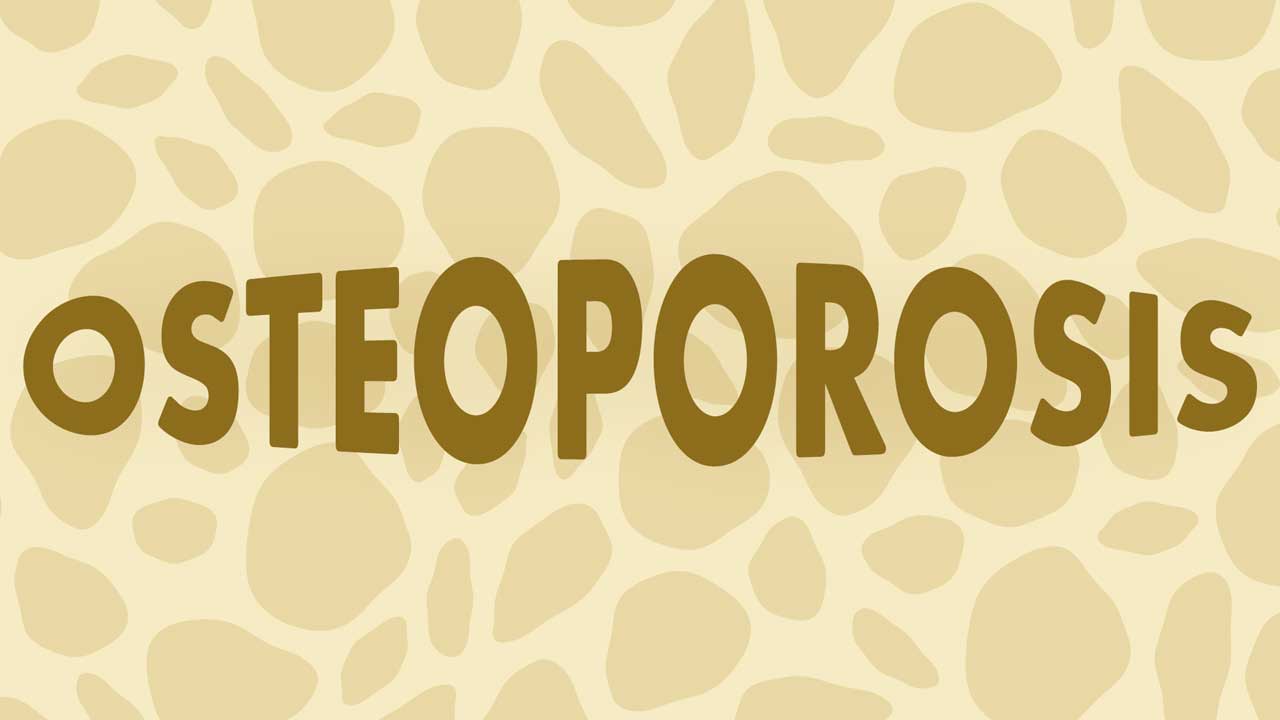
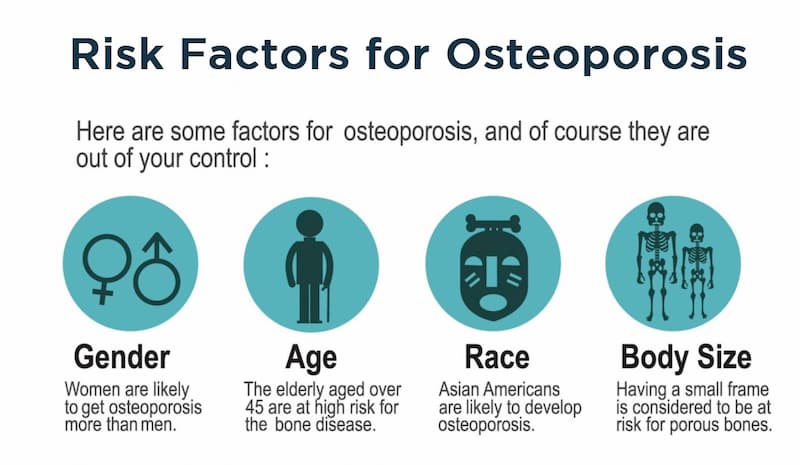



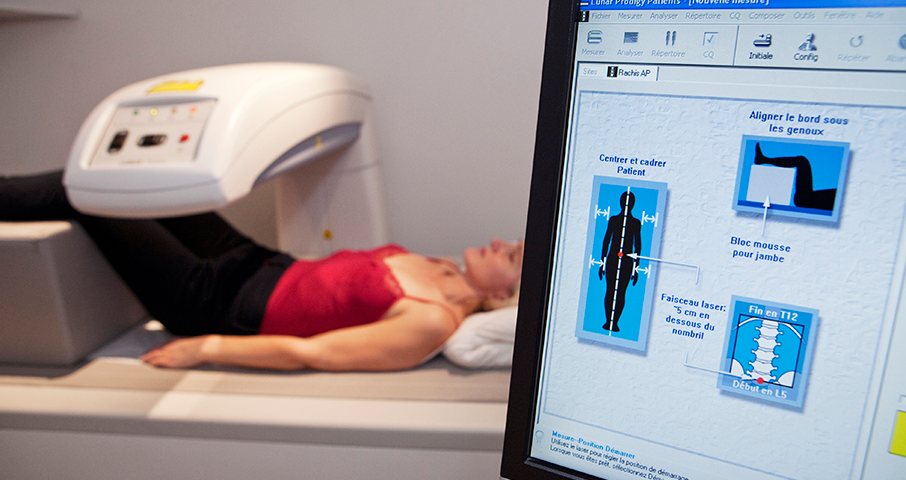


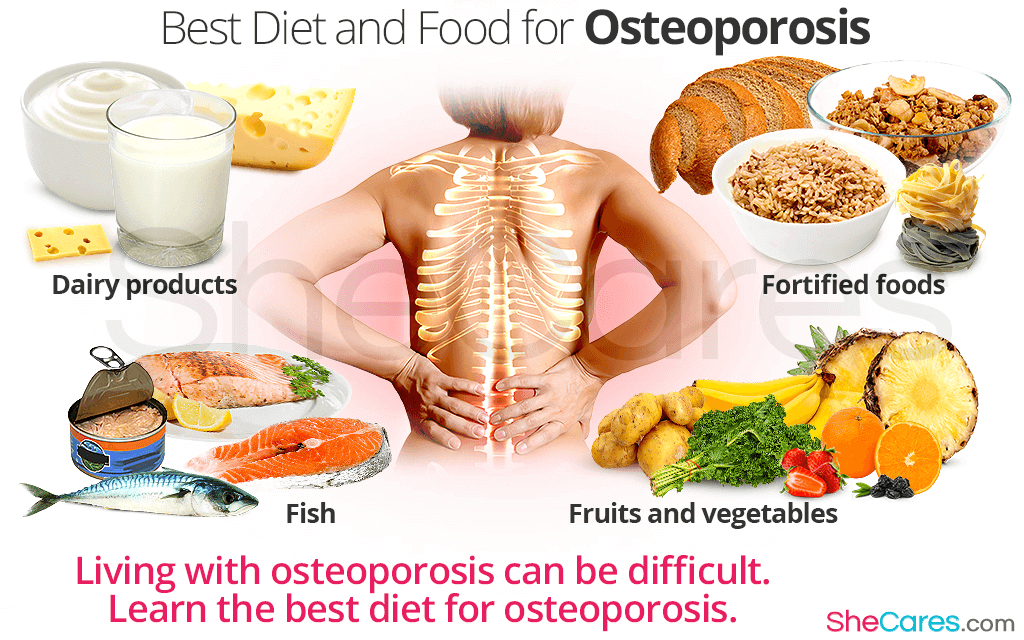


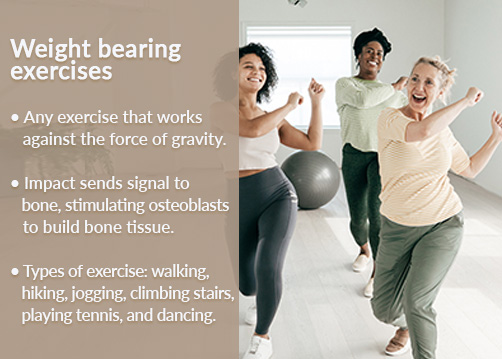
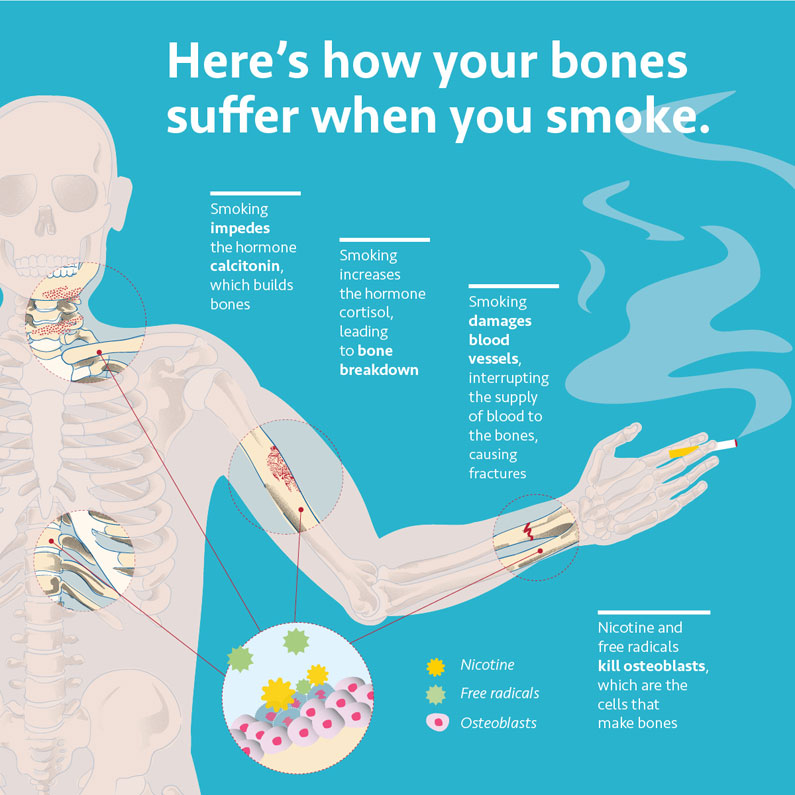

Comments
Post a Comment